You can know every new products be published here, and witness our growth and innovation.
Date:08-25-2021
Surge protector is a high-efficiency circuit protector, when it withstand transient high voltage, high energy pulse, fast (10-9s) from the original high impedance to low impedance, and the transient high voltage interference pulse to the predetermined voltage, so as to effectively protect the equipment and sensitive devices from damage, circuit work without interference.
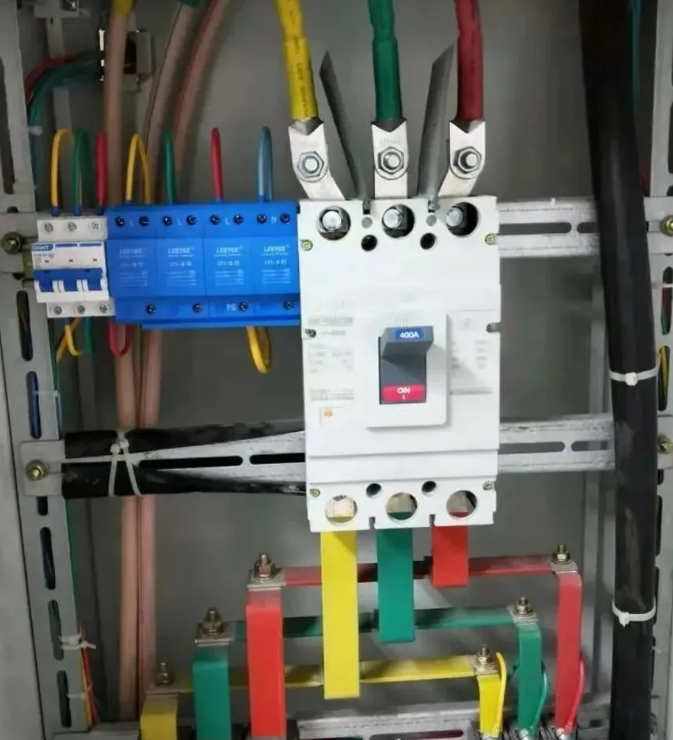
(1) Surge protective devices are divided into three levels
The first level can discharge the direct lightning current or the huge energy transmitted when the power transmission line is directly struck by lightning. The first level protection shall be a three-phase voltage switching power supply lightning arrester, and its lightning flux shall not be less than 60kA. Generally used for general distribution.
The purpose of the second stage is to further limit the value of residual surge voltage through the first stage lightning arrester to 1500-2000v, and implement equipotential connection for lpz1-lpz2. When the power lightning arrester output from the line of the distribution cabinet is used as the second level protection, the voltage limiting power lightning arrester shall be used, and its lightning current capacity shall not be less than 20KA.
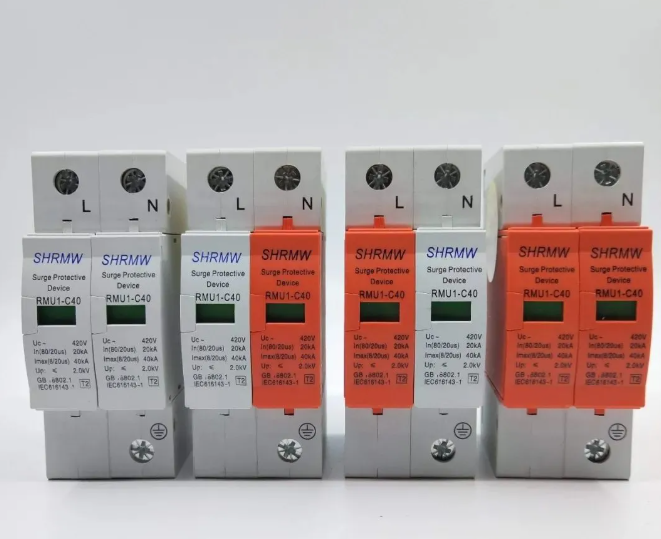
The purpose of the third level is to finally protect the equipment and reduce the value of residual surge voltage to less than 1000V. As the third level protection, it shall be series voltage limiting power lightning arrester, and its lightning current capacity shall not be less than 10kA. Generally used for terminal power distribution equipment.
Different distribution systems should select corresponding surge protective devices, which can be divided into TN (TN-S, N-C, TN-C-S), it and TT.
1) Primary protection
The purpose is to prevent the surge voltage from directly conducting from lpz0 area to lpz1 area, and limit the surge voltage of tens of thousands to hundreds of thousands of volts to 2500-3000v.
When the power lightning arrester installed at the low-voltage side of the household power transformer is used as the first level protection, it shall be a three-phase voltage switching power lightning arrester, and its lightning flux shall not be less than 60kA. This level of power lightning arrester shall be a high-capacity power lightning arrester connected between each phase of the incoming line at the entrance of the user’s power supply system and the earth. Teacher Di of online teaching of electrical design generally requires that this level of power lightning arrester has a maximum impact capacity of more than 100kA per phase and the required limiting voltage is less than 1500V, which is called classi level power lightning arrester. These electromagnetic lightning arresters are designed to withstand the large current of lightning and induced lightning and attract high-energy surge, which can divert a large amount of surge current to the earth. They only provide the limiting voltage (when the impulse current flows through the power lightning arrester, the maximum voltage on the line is called the limiting voltage) as the medium level protection, because the classi level protector mainly absorbs the large surge current, and they alone can not completely protect the sensitive electrical equipment inside the power supply system.
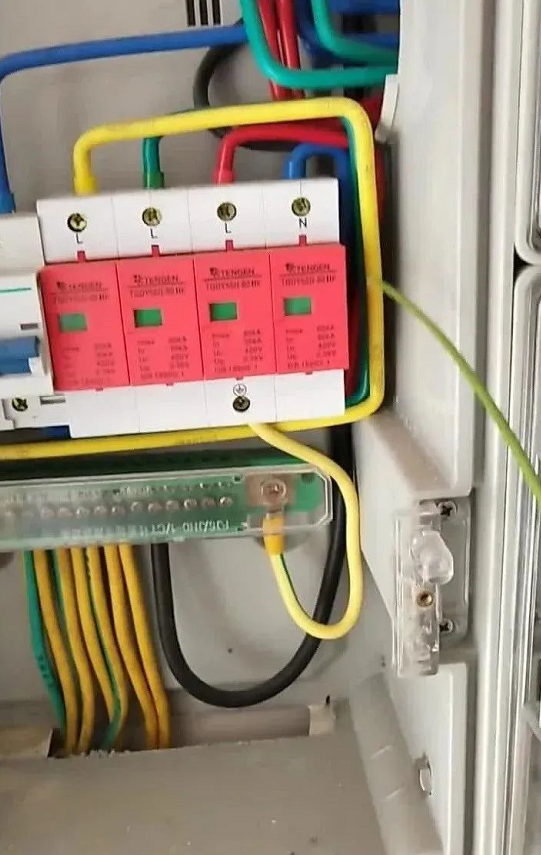
The first level power lightning arrester can prevent 10 / 350us and 100kA lightning wave, reaching the highest protection standard specified by IEC.
The technical reference is: the lightning flux is greater than or equal to 100kA (10 / 350us); The residual voltage value shall not be greater than 2.5KV; The response time is less than or equal to 100ns.
2) Secondary protection
The purpose is to further limit the value of residual surge voltage through the first level lightning arrester to 1500-2000v, and implement equipotential connection for lpz1-lpz2.
When the power lightning arrester output from the line of the distribution cabinet is used as the second level protection, the voltage limiting power lightning arrester shall be installed at the branch distribution place supplying power to important or sensitive electrical equipment, and its lightning current capacity shall not be less than 20KA. Mr. Di, online teaching of electrical design, these power lightning arresters can better absorb the residual surge energy passing through the surge arrester at the user’s power supply inlet, and have an excellent inhibitory effect on transient overvoltage.
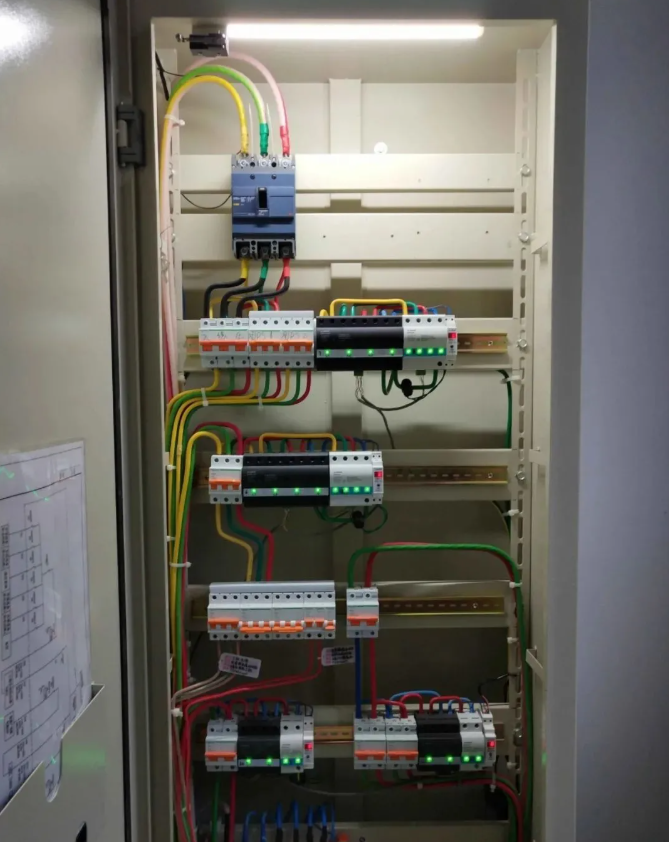
The maximum impulse capacity of the power lightning arrester used here is required to be more than 45kA per phase, and the required limiting voltage shall be less than 1200V, which is called ClassII power lightning arrester. Generally, if the user power supply system achieves the second level protection, it can meet the requirements of the operation of electrical equipment.
Class C protector is adopted for class II power supply lightning arrester for full mode protection of phase-I, phase-I and phase-I, and the main technical parameters are: the lightning current capacity is greater than or equal to 40ka (8 / 20us); The peak value of residual voltage shall not be greater than 1000V; The response time shall not be greater than 25ns.
3) Third level protection
The purpose is to finally protect the equipment by reducing the residual surge voltage to less than 1000V, so that the surge energy may damage the equipment.
When the power lightning arrester installed at the incoming end of AC power supply of electronic information equipment is used as the third level protection, it shall be series voltage limiting power lightning arrester, and its lightning current capacity shall not be less than 10kA.
Finally, a built-in power lightning arrester can be used in the internal power supply of electrical equipment to completely eliminate small transient overvoltage. Mr. Di, online teaching of electrical design, the maximum impact capacity of the power lightning arrester used here is required to be 20KA per phase or lower, and the required limiting voltage shall be less than 1000V. For some particularly important or sensitive electronic equipment, it is necessary to have the third level protection, and it can also protect the electrical equipment from the transient overvoltage generated inside the system. For the rectifier power supply used for microwave communication equipment, mobile base station communication equipment and radar equipment, DC power supply lightning arresters with appropriate working voltage should be selected as non level protection according to the protection needs of their working voltage.
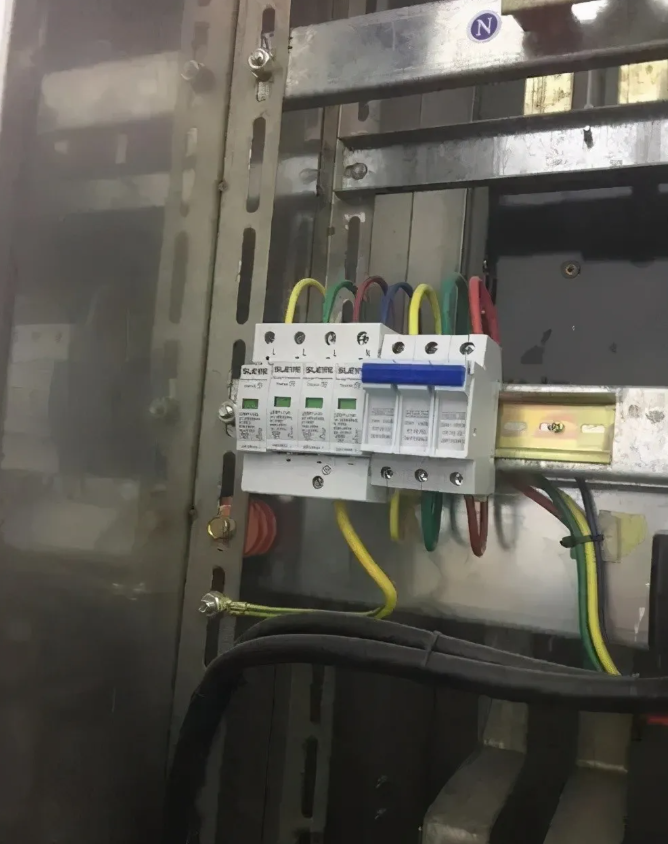
4) According to the withstand voltage level of the protected equipment
If the two-level lightning protection can limit the voltage below the withstand voltage level of the equipment, only two-level protection is required. If the withstand voltage level of the equipment is low, four or more levels of protection may be required. The lightning current capacity of the fourth level protection shall not be less than 5ka.
(2) Why should fuse and circuit breaker be equipped in front of surge protector?
When the inrush current passing through the surge protector is greater than its IMAX, the surge protector will be broken down and fail, resulting in short-circuit fault of the circuit. In order to cut off the short-circuit fault, it is necessary to install a circuit breaker or fuse. Mr. Di, online teaching of electrical design, every lightning stroke will cause the aging of surge protector. For example, if the current exists for a long time, the surge protector will overheat and accelerate the aging. At this time, the thermal protection system of circuit breaker or fuse needs to act to disconnect the surge protector before the surge protector reaches the maximum allowable heat.
Requirements of surge protector for fuse and circuit breaker: when 20 standard 8 / 20 microsecond and 1.2/50 microsecond test pulses are applied under rated current, the circuit breaker or fuse will not trip. When the surge protector is broken down and short circuited, the circuit breaker or fuse shall act. If the surge protector is a switching module, because its damage mode is open circuit, it can be protected without miniature circuit breaker and fuse.
Both fuse and circuit breaker can be used as superior protection of surge protector. Characteristics of fuse; The fuse has two protection functions of long time delay and instantaneous current with inverse time limit characteristics. Mr. Di, online teaching of electrical design, is used as overload and short-circuit protection respectively, that is, the fuse link must be replaced after fault fusing. Features of circuit breaker: the circuit breaker has instantaneous current protection and overload thermal protection. After fault disconnection, it can be reset manually without replacing components.
Look at the difference between incoming lines: 440V surge protector shall be selected for three-phase 280v five wire system or three-phase 380V four wire system. 220V surge protector shall be selected for single-phase 220V two-wire system or single-phase 220V three wire system. In addition, note: the protection level of the selected surge protector is level 2 for three-phase 280v at the incoming line of the residential building; Grade 3 for single-phase 220V.
After the TN-C-S system line enters the general distribution box of the building, the pen line is divided into N line and PE line. It is only necessary to install surge protector between phase line I and pen line.
The switch in front of surge protector can select fuse and circuit breaker. Generally, 40 ~ 63A should be selected for IMAX > 40ka and 20 ~ 32A should be selected for IMAX < 40ka.
(3) Is surge protector and lightning arrester the same thing?
Although both surge protector and lightning arrester have the function of preventing overvoltage, especially lightning overvoltage, they still have many differences in application.
1) Arresters have multiple voltage levels, ranging from 0.38kv low voltage to 500kV UHV, while surge protective devices generally only have low voltage products;
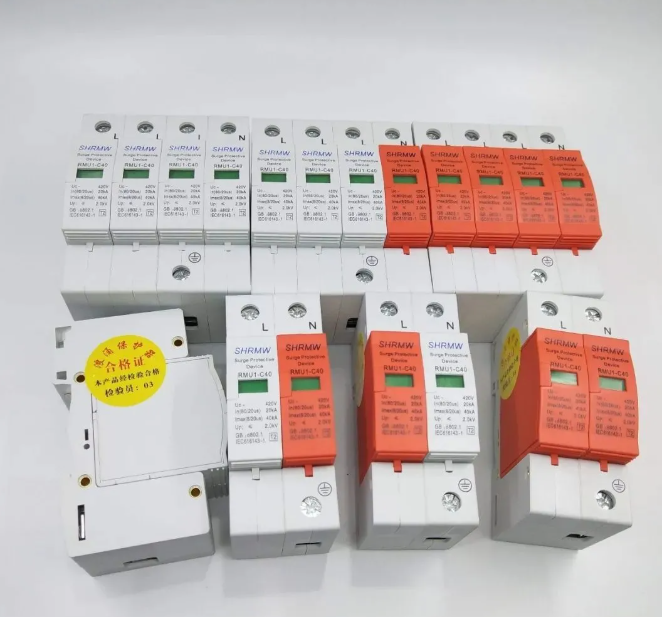
2) Lightning arresters are mostly installed on the primary system to prevent the direct invasion of lightning wave, while surge protectors are mostly installed on the secondary system, which is a supplementary measure after the lightning arrester eliminates the direct invasion of lightning wave or when the lightning arrester does not eliminate the lightning wave;
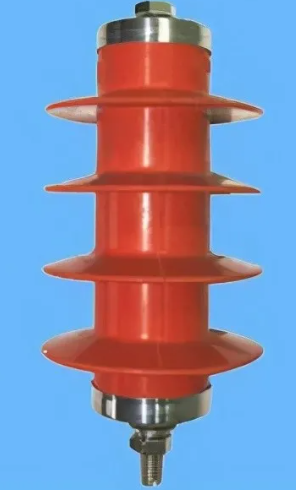
3) Lightning arrester is used to protect electrical equipment, and surge protector is mostly used to protect electronic instruments or meters;
4) Since the arrester is connected to the electrical primary system, it should have sufficient external insulation performance and large appearance size. Because the surge protector is connected to low voltage, the size can be very small.